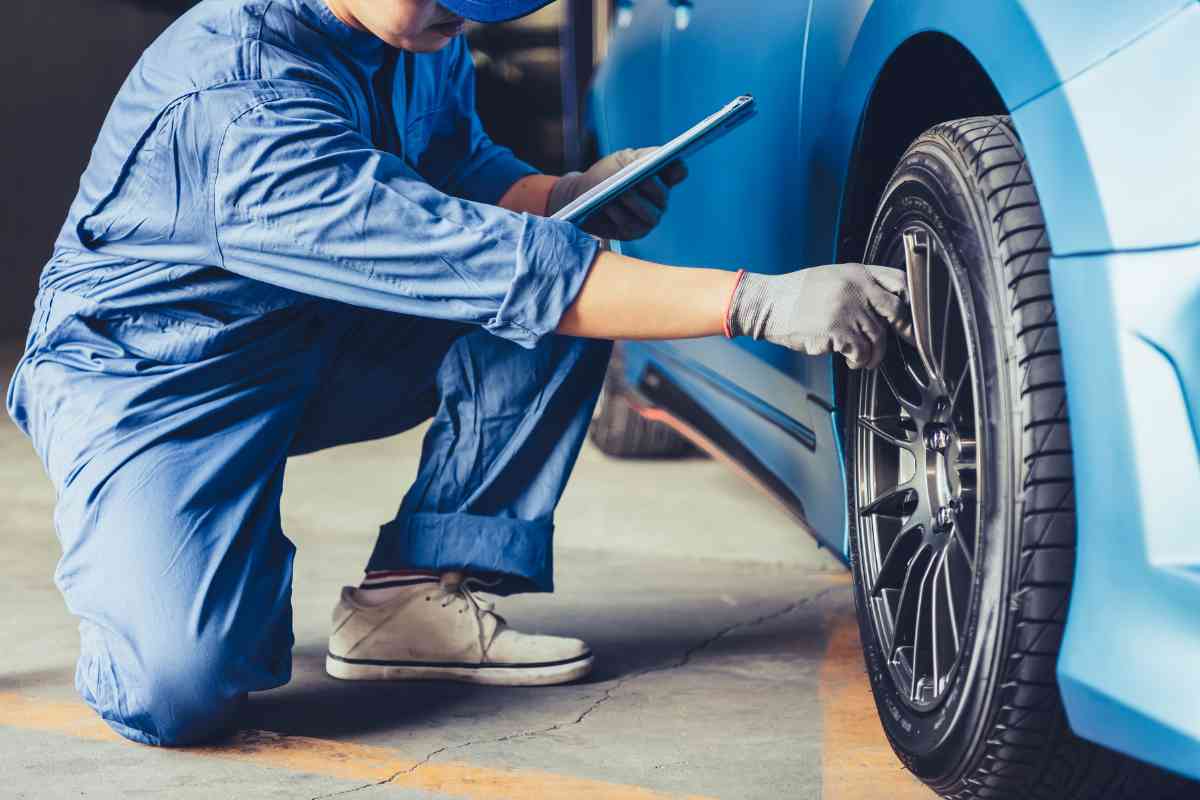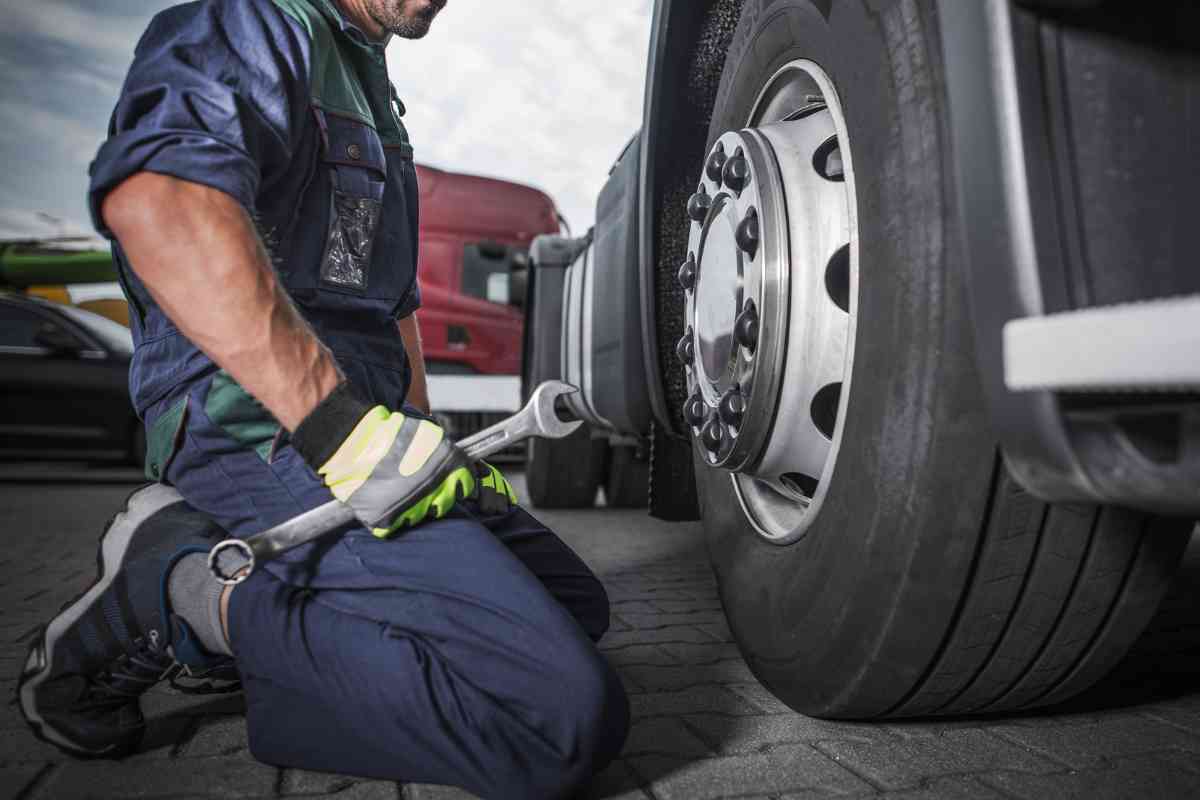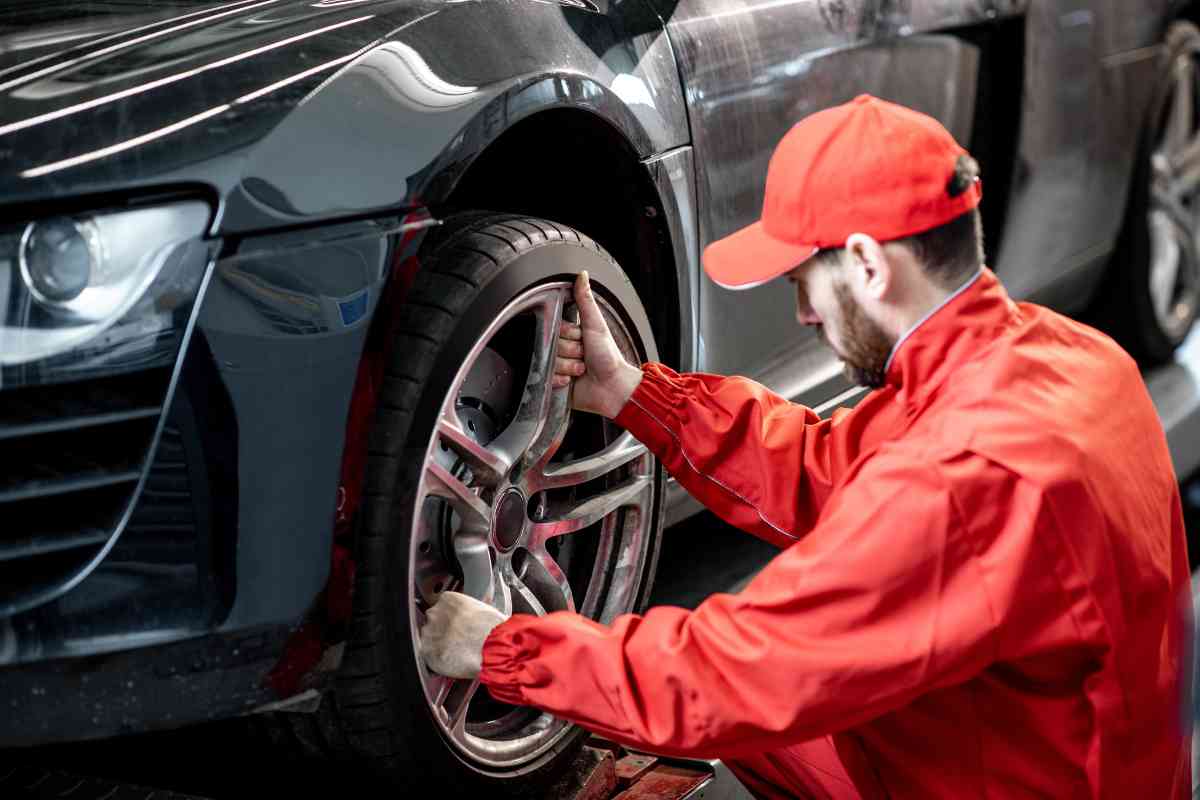The Importance of Tire Maintenance: Keys to Safe and Efficient Driving
Proper tire maintenance is an often overlooked yet essential aspect of vehicle care. Whether it’s for daily commutes or long road trips, keeping your tires in prime condition is crucial for safety and prolonging your car’s lifespan. Regularly checking tire pressure, along with consistent rotations and alignments, are key practices that help prevent accidents and enhance your vehicle’s performance.

What’s Routine Tire Maintenance?
Routine tire maintenance includes regularly checking tire pressure, ensuring tires are properly inflated, and inspecting tread depth for wear. It also involves rotating tires according to manufacturer recommendations to promote even wear, along with balancing and aligning tires to maintain optimal handling and extend tire life.
Many drivers don’t realize the risks associated with neglecting tire maintenance. Under-inflated or over-inflated tires, uneven wear, and misalignment can significantly compromise your vehicle’s handling, posing a danger to everyone on the road. Simple, routine checks and maintenance not only improve safety and driving quality but also save money by extending tire life.
Furthermore, you don’t need to be a mechanic to perform basic tire upkeep. With a reliable tire gauge and some basic knowledge, anyone can manage their tire care. Properly balanced and rotated tires ensure even wear and contribute to a smooth, fuel-efficient ride. The benefits of diligent tire maintenance are clear—it enhances safety, improves fuel economy, and ensures a smoother driving experience.
Understanding Tire Maintenance
Effective tire maintenance is pivotal for safe driving and extending the life of your tires. Here’s a closer look at essential tire care practices and their benefits.

Fundamentals of Tire Care
- Tire Pressure Checks: Ensure to check your tire pressure monthly. Driving with incorrect tire pressure can reduce fuel efficiency, impair handling, and increase the risk of tire failure. Always use a reliable tire gauge and adhere to the PSI recommendations found on the sticker inside your vehicle’s driver’s door or in the owner’s manual.
- Rotation: To achieve even wear, rotate your tires every 6,000 to 8,000 miles. Regular rotation allows each tire to operate in different vehicle positions, promoting balanced handling and even traction.
- Balancing: Periodic tire balancing is crucial, especially if you experience vibrations at certain speeds. Balanced tires offer a smoother ride, less tire wear, and extended life for your suspension components.
Benefits of Regular Maintenance
- Improved Safety: Maintaining proper tire pressure and condition significantly enhances road safety. Well-maintained tires deliver superior traction in various weather conditions, lowering the risk of accidents.
- Cost Savings: Well-kept tires also improve fuel efficiency. By regularly rotating and balancing your tires, you extend their lifespan and defer replacement costs. Always consult a professional for maintenance to prevent costly damages from oversight.
Keeping up with tire maintenance not only ensures a more enjoyable and efficient driving experience but also upholds your vehicle’s safety and operational integrity. Remember these tips to keep your tires performing optimally for years to come.
Extending Tire Life Through Rotation
Regular tire rotation is key to extending the life of your tires and enhancing your vehicle’s performance. It involves shifting tires to different positions on your vehicle to promote even wear and tear.
Rotation Patterns and Schedules
The rotation pattern depends on your vehicle’s drive type—front-wheel, rear-wheel, all-wheel, or four-wheel drive. For instance:
- Front-Wheel Drive: Move the front tires to the rear and cross them to the opposite sides.
- Rear-Wheel/All-Wheel Drive: Move the rear tires to the front and cross them to the opposite sides.
It’s generally recommended to rotate your tires every 5,000 to 8,000 miles, but always consult your vehicle manufacturer’s guidelines for specific intervals.
DIY Rotation Tips
Rotating tires at home can be straightforward with the right tools and precautions:
- Prepare Your Equipment: Ensure you have a sturdy jack, reliable jack stands, and a lug wrench.
- Lifting the Vehicle: Position the jack under the vehicle’s designated lift points to avoid damage. Loosen the lug nuts slightly before lifting the car.
- Rotate According to Pattern: Once the car is lifted and supported safely, fully remove the wheels and rotate them following the recommended pattern.
These simple steps can significantly contribute to your vehicle’s longevity and performance.
Importance of Tire Balancing

Tire balancing is a precision task that enhances the smoothness of your ride, prolongs tire life, and reduces wear on your vehicle’s suspension.
Significance of Balanced Tires
Unbalanced tires can cause a rough ride, accelerated tire wear, and unnecessary strain on the vehicle’s suspension components, potentially leading to expensive repairs. Regular balancing ensures even tire wear and a comfortable drive.
Balancing Process Explained
Here’s how tire balancing is typically done:
- Wheel Removal: Take the wheels off your vehicle.
- Mounting and Measurement: Place each wheel on a balancing machine.
- Detection and Adjustment: The machine spins the wheel to identify imbalances. Small weights are then attached to the wheel’s rim at precise locations to even out the weight distribution.
This balancing act is crucial for maintaining the health of your tires and ensuring your vehicle rides smoothly, minimizing vibrations and enhancing overall stability. Keeping up with these maintenance tasks not only improves your driving experience but also contributes to safer, more efficient travel.
Tire Pressure
Maintaining correct tire pressure is essential for optimizing your vehicle’s performance, safety, and fuel efficiency. Here’s a guide to ensure your tires are in top condition.
Optimal Pressure Levels
Each vehicle has a recommended tire pressure, typically found in the owner’s manual or on a sticker inside the driver’s door. Measured in pounds per square inch (PSI), this figure indicates the ideal air pressure for peak tire performance. Maintaining this pressure ensures optimal grip on the road, reduces accident risks, and enhances fuel efficiency.
Frequency of Pressure Checks
It’s important to check your tire pressure at least once a month and before long trips. Tires can lose about 1 PSI per month and even more when temperatures drop. Keep a reliable tire pressure gauge handy in your vehicle to make regular checks easy. Remember, keeping your tires properly inflated extends their life and keeps your drive safe.
Monitoring Tire Tread Wear
Tire tread is critical for safety and vehicle handling. Excessive wear can signal alignment issues or improper inflation.
Measuring Tread Depth
Check tread depth regularly to ensure safety. You can use a tread depth gauge or the penny test: insert a penny into the tread groove with Lincoln’s head upside down. If you can see all of Lincoln’s head, replace your tires, as this indicates a tread depth of less than 2/32 of an inch.

Indicators of Uneven Wear
Uneven wear, such as feathering or scalloping, often points to alignment issues. Regular tire rotations can help prevent this, maintaining even wear and extending tire life.
Tire Repair and Replacement
Understanding when to repair or replace tires is crucial for road safety and cost management.
When to Repair
- The puncture is less than 1/4 inch in diameter.
- Damage is only in the tread area.
- There’s no significant sidewall damage.
When to Replace
- Punctures over 1/4 inch or on the sidewall.
- Visible aging, like deep cracks or bulges.
- Tread depth below 2/32 of an inch.
A seemingly minor issue, like a nail in the tread, can lead to major problems, including sidewall damage that compromises tire integrity.
Choosing the Right Tires
Selecting the right tires depends on your driving habits and vehicle specifications.
Considerations for Tire Selection
- Manufacturer’s Recommendations: Always follow the guidelines in your vehicle’s owner’s manual.
- Tire Type: Choose from all-season, performance, or winter tires based on your typical driving conditions.
- Size and Quality: Ensure the size matches your vehicle’s specifications. Opt for reputable brands that balance cost with durability.
For electric vehicles, consider tires designed specifically for EVs to enhance range and efficiency.
By proactively managing your tires’ condition, you ensure your safety and the safety of others on the road, while also enjoying a smoother, more efficient drive.
